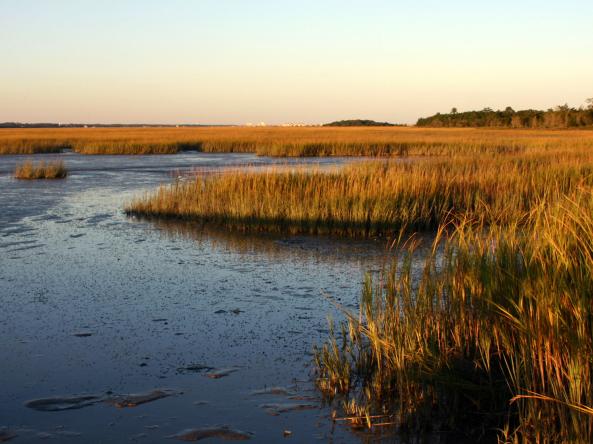For the latest forecasts and critical weather information, visit weather.gov.
Temperatures were much below average over the past month, highlighted by an early season freeze/frost that resulted in over 80 daily minimum temperature records in the region from October 18–21. Precipitation was mostly below average, except in areas affected by Hurricane Ian. Ian made multiple landfalls in the Southeast at the end of September as one of the strongest and deadliest hurricanes in the state of Florida. Drought continues to expand in areas that have not received precipitation, in particular in Alabama, Georgia, and the Florida Panhandle.
This webinar, “Drought, Uncertainty, and The Future of Water for California," was hosted by the UC Center Sacramento and examined how changes in climate, ecosystem management, and economic structure affect the future of water management and availability.
This webinar, “Drought, Uncertainty, and The Future of Water for California," examined how changes in climate, ecosystem management, and economic structure affect the future of California water management and availability.
The Idaho Fall Water Supply Outlook is an annual meeting held each year to recap the water supply from the previous water year and provide climate and water supply outlook information for the coming water year. This year's meeting was held on November 9, 2022, in Boise, Idaho. These meetings are critical for identifying vulnerabilities and opportunities for increasing drought and climate resilience in the agricultural, power, and recreational sectors of Idaho’s economy that are dependent on the state’s water resources.
Temperatures and precipitation were variable across the region this past month, with most of the region exhibiting slightly above-average temperatures and below-average rainfall. Streamflows are currently near normal across most of the region. Pockets of moderate drought have returned to northeastern North Carolina and southeastern Virginia.
The U.S. Geological Survey (USGS) and NOAA’s National Integrated Drought Information System (NIDIS) are holding a series of listening sessions on Drought Prediction and Water Availability to seek input on priorities and needs related to predicting water availability changes under drought conditions at national and regional scales. This input will be used to guide USGS Drought Program planning and orientation, as well as to inform other national drought programs.
The Oregon-Washington Water Year 2022 Recap & 2023 Outlook Meeting aimed to share and gather information regarding climate impacts of the 2022 water year, including drought and flooding. The workshop will help inform an annual Pacific Northwest Water Year Impacts Assessment.
Temperatures and precipitation were highly variable across the region this past month. Precipitation was generally wetter across the region, which helped alleviate some of the drought conditions. However, there was still much variation in precipitation, which is typical of July. Streamflows are near normal across most of the region.




